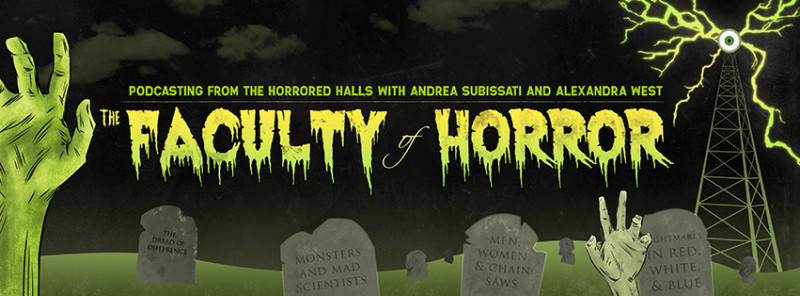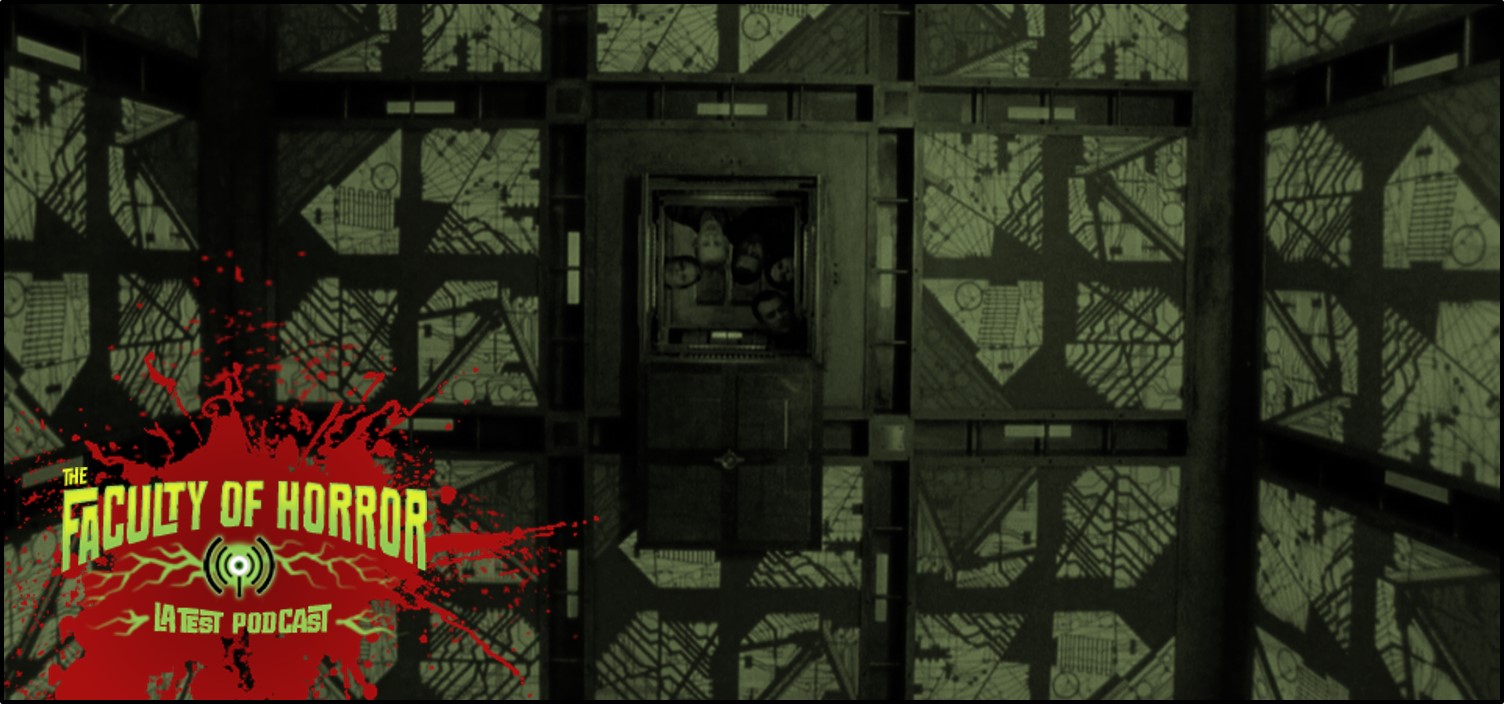Andrea and Alex tackle the mysterious and ever changing narrative landscape of Vincenzo Natali’s Canadian cult film, Cube (1997). From workers rights to torture porn to prime numbers, they try to solve it all before they succumb to the film’s traps and trappings.
Tickets for our first-ever live show in Salem, MA are available now: buy them here!
Be sure to follow us on Facebook and Twitter to keep up to date on all our announcements.
REQUIRED READING
Cube. Dir. Vincenzo Natali, 1997.
EXTRA CREDIT
Vincenzo Natali interview. Conducted during press for Natali’s later film, Splice, this interview tackles elements of Cube and Natali’s own ideology.
Rue Morgue Library’s Horrorwood North is out of print, but you can buy the digital version here.
The 1990s Teen Horror Cycle – Alex’s new book is now available for pre-order!
Podcast: Play in new window | Download


I was so excited when I heard you were doing Cube. I love this movie and haven’t seen it in years. I love when a movie can create a lore/story with a limited space. A similar movie is British film Exam (2009).
Another fun episode with great insights. I do want apply Marx’s dialectical method to your analysis: Thesis met by Antithesis results in Synthesis. Alright it doesn’t quite fit but there is a combination of your points that does make for another argument about “The Cube.”
Andrea’s point about alienation is spot on this is a film about the feeling of being “powerless in a situation” (alienation). And Alex’s bringing in the influence of Kafka is also useful in understanding the film.
There is another form of alienation in sociology which comes from the work of Max Weber and it stems from rationalization and bureaucracy. Weber (a German working in the early 20th century) viewed the application of rationality as a potential harm to humanity (you might even view his work as a warning about the coming Nazi holocaust). The important phrase in his work is the “iron cage” where a technocratic society would lead to dehumanization. In the cube we have an embodiment of Weber’s worst fears.
Holy cats!
What a pleasure to revisit this one. I think it definitely jives with mid-20th century existential writing though if I were going to choose one text to liken it to, I think it maps on ‘No Exit’ really well. “Hell is other people” and all that. Also, there is a nice kind of irony here. All the characters we meet seem to have been chosen (if that much intentionality can be implied)because they complement each other in some way. They are all potentially pieces of a puzzle that can fit together through cooperation to escape. But of course they can’t. Their inherently ‘hell-ish’ human nature causes them to distrust each other, thus falling apart and, with one exception, never leaving the cube. Outside was ‘endless human stupidity.’ Inside as well.
And I feel that the kind of artificial stereotypical/archetypal quality of the characters really served the overall piece. They are all symbolic of some aspect or type in society. While some of the dialog may grate a bit, I feel it gives the whole thing a feeling of allegory, and along with the one-set nature of the piece, it really does feel like a play…with laser traps. (which I imagine can be difficult to pull off on stage)
Bleak as hell but really satisfying. Thanks for giving reason to watch it again!